Tire Glossary - All You Need to Learn About Important Tire Terms
If you have been following the PitStopArabia blog, by now you know how critical tyres are to the vehicle. Not only are they responsible for the braking and acceleration, but they also serve other essential functions as well. Moreover, they play a significant role in your safety and the vehicle's performance.
Although we have been discussing tires and other tire-related topics for long now, some people still do not know the basics of a tyre. Therefore, in this article, PitStopArabia will be discussing some essential terms associated with tires. Once you go through the list, you will easily be able to understand the basics of a tire.
Important Terms of a Vehicle Tire
There is no doubt that you will know some of the terms mentioned in this list. However, some terms will be new to you. Therefore, pay attention and go through the list one by one. Please keep in mind that the purpose of this article is not to discuss all the tyre-related terms, only the most essential.
1. Ageing
It is a term which describes the deterioration of the tire over a period of time.
2. Airless Tyres
It refers to a new type of tyres which do not require air. Hence, they are puncture-proof. Work on these tyres is undergoing, and currently, no airless tyre is available in the market.
3. Air Pressure
It is the air inside the tire and is measured in pounds per square inch (PSI). Please do keep in mind that the best time to measure the air pressure is when the tyres are cold. For more information, kindly refer to this article.
4. Alignment
It refers to adjusting the vehicle's wheels, suspension and steering so that the vehicle handles efficiently and does not sway to one direction.
5. All-Season Tyres
It refers to the tyres which can be driven throughout the year except in very extreme winter conditions. They offer year-round performance.
6. Alphanumeric
Refers to the numbers and letters written on the sidewall of the tyre and denotes important tire information. For further reading, go through this article.
7. Aspect Ratio
It is the height of the tire relative to its width. For example, if a tire has a 45 aspect ratio, it means that its height is 45% of the width.
8. Balancing
When the weight is evenly distributed across the tyres.
9. Body
It refers to the overall structure of the tire. However, the tread and sidewall rubber are not included in this.
10. Casing
The part of a tire that is beneath the tread and the sidewall.
11. Contact Patch
The small part of the tyre that comes into contact with the surface/road.
12. D.O.T
It specifies that the tire meets the requirement of the Department of Transportation (USA). However, the term is now used universally.
13. Flat Spot
An isolated area in the tire's tread that is suffering from irregular treadwear.
14. Footprint
It is another name for the contact patch.
15. Groove
Also known as tread grooves, it is the space between two adjacent tread ribs.
16. Hydroplaning
It refers to the phenomenon in which water starts gathering between the tires and the road surface. As a result of this, tyres lose traction.
17. Load Carrying Capacity
Refers to the maximum weight each tyre can hold.
18. Load Index
A number which denotes the maximum weight a tyre can carry. The numbers range from 0 to 279.
19. M+S, M/S, M&S
It refers to mud & snow and means that the tyres are capable of driving in either condition.
20. Mounting
It refers to the exercise of installing tires on a wheel. When the tyres are being removed, it is referred to as dismounting.
21. Original Equipment (OE)
Refers to the tyres that are installed on a vehicle when it leaves the manufacturing unit. A car manufacturer selects the OE tyre for each model after analysing each aspect of the car and the tyre.
22. Penny Test
It refers to a test carried out by a penny (US) to measure the tread depth.
23. Performance Tyres
These tyres offer maximum performance and are designed for luxury and sporty vehicles. High-performance and ultra-high-performance are two types of performance tyres.
24. Placard
It is also known as the tyre placard and is a small sticker. It is usually located at the edge of the driver's door or inside the fuel cap. In some vehicles, it can be inside the trunk, underneath the bonnet or inside the glove compartment. It includes important information regarding the tyres, seating capacity and much more.
25. PSI
It stands for pounds per square inch and is the standard unit for measuring air pressure in the tyres.
26. Rim Protector
It protects the rim and the tyre against curb damage and other road obstacles. Not all tires have built-in rim protectors installed onto them.
27. Rolling Resistance
The amount of energy required to roll the tyres along a surface. Low rolling resistance means that the tyres consume low fuel. Hence, they are more fuel-efficient.
28. Rotation
It refers to changing the location of your tyres. For more information, refer to this article.
29. Run-Flat
These are new types of tyres which can be driven for a certain distance at a certain speed despite losing complete air pressure.
30. Shoulder
It is the spot where the tread and the sidewall meet.
31. Sidewall
It refers to the side of the tyre and contains important information regarding the tyre. It includes information like the size of the tyre, load index, aspect ratio and more.
32. Sipes
It refers to small slits that are on the tread. Sipes are useful in ensuring traction in wet and snowy surfaces.
33. Speed Rating
It refers to the maximum speed at which the tyres can be safely driven.
34. Summer Tyres
It refers to the tyres that are designed for use in summer conditions. They offer the best performance on dry surfaces and are capable of driving in extreme hot weather.
35. Tire Pressure Monitoring System (TPMS)
It is a system that is built into most new vehicles. The purpose of the TPMS is to monitor the tyre pressure. It alerts the driver if the air pressure is below the recommended levels.
36. Tread
It is at the outer part of the tyre. It is also the part of the tyre that comes into contact with the road and is responsible for the traction among various other things.
37. Tread Depth
The distance between the base of the tread grooves to the surface. The minimum legal tread depth in most countries, including the UAE is 1.66 mm for light sized vehicles. For medium-sized and buses, the legal tread depth is 2.4 mm and 3.2 mm respectively. For motorbikes, it is 0.8 mm.
38. Treadwear Indicator
It refers to the bars on the tread, and allow the driver to assess which level the tread depth is currently at.
39. Valve
It is the small device on the tyre that prevents air from leaking from the tyres. Tyres are refilled with air through the vale as well. Moreover, it prevents dirt and moisture to gather inside the tyre.
40. Winter Tires
These tyres are designed for use in temperatures below 7°C.


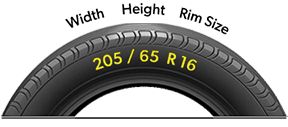





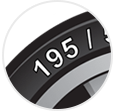
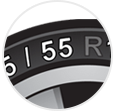
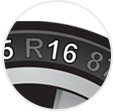
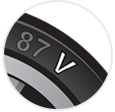
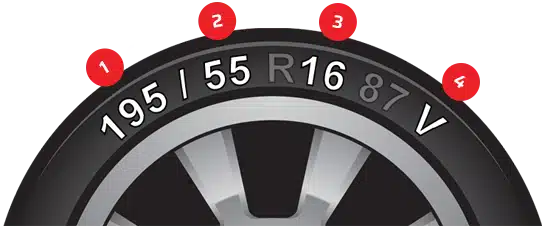
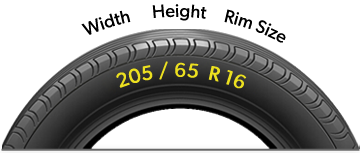

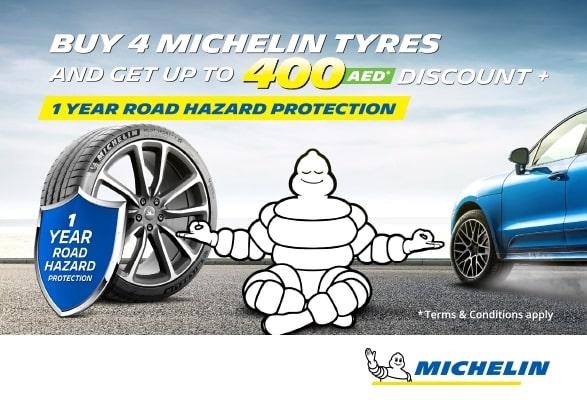

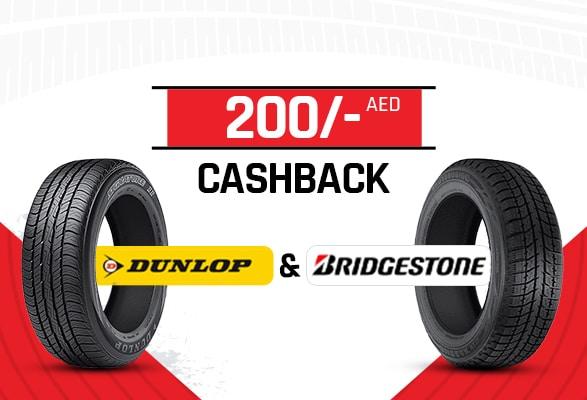


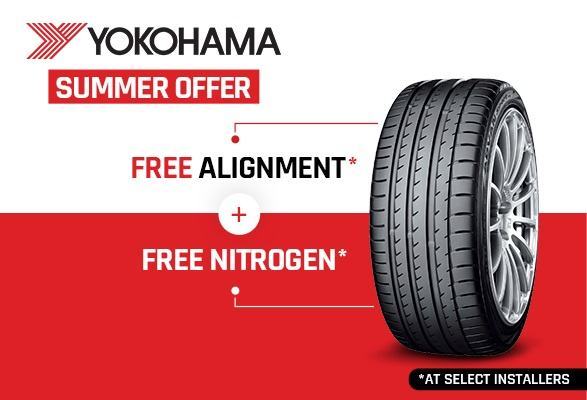
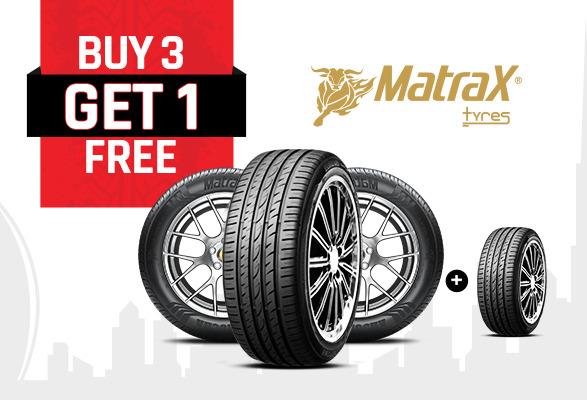
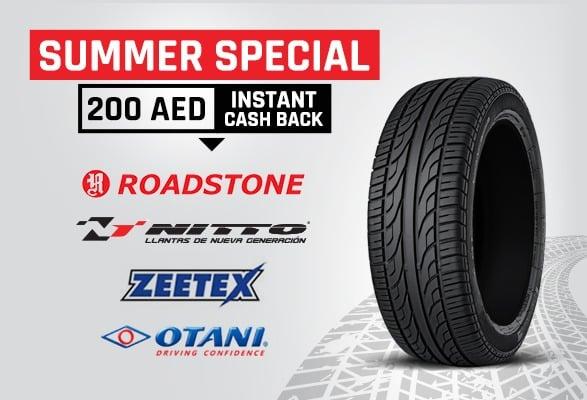

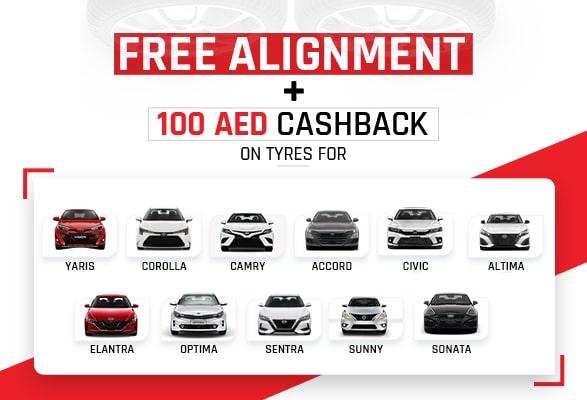


















Final Thoughts
These terms have been selected after thorough research. Nevertheless, if you feel that we have missed out any essential term, let us know. We are hopeful that after going through each of these terms, you will have gained valuable knowledge. These terms can be useful the next time you find yourself in a situation involving tyres.